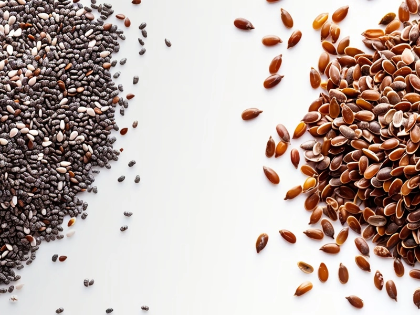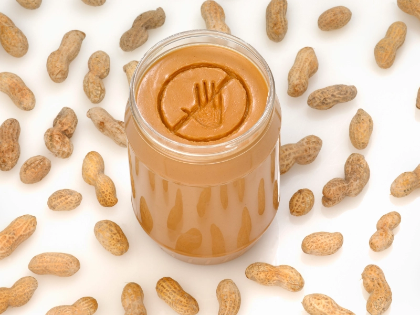The Antioxidant Power of Colorful Grains
```html
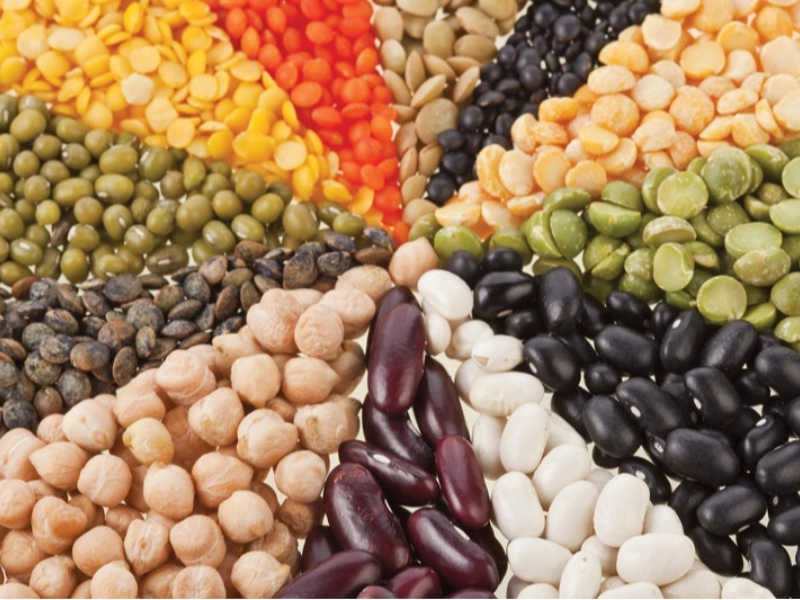
1. Recognising Antioxidants
Compounds called antioxidants shield the body from oxidative damage brought on by free radicals. Unstable molecules, free radicals can harm cells and aggravate chronic conditions including cancer, diabetes, and heart disease. By neutralising these free radicals, antioxidants lessen their negative impacts. Maintaining general health and well-being calls on eating foods high in antioxidants. Among the several foods available, colourful grains are clearly a major source of antioxidants.
2. Colourful Grains' Nutritional Value
Not only are colourful grains like purple barley, black rice, and crimson quinoa aesthetically pleasing but also rather nutrient-dense. A balanced diet would benefit much from these grains since they include vital minerals, vitamins, and fibre. These grains' vivid colours can point to the presence of phytochemicals with great antioxidant power, including phenolic acids and flavonoids. Including a range of vibrant grains in meals will improve nutritional value and boost general wellness.
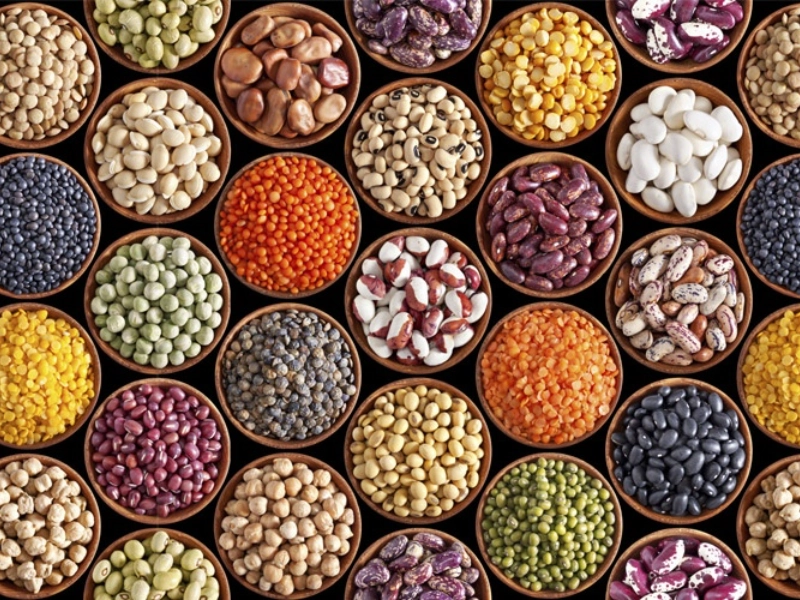
3. Phytochemical Function
Found in plants, phytochemicals are naturally occurring molecules that help to define its colour, taste, and disease resistance. Many vibrant grains abound in phytochemicals with antioxidant action. For instance, anthocyanins, a kind of flavonoid with strong antioxidant properties, explain black rice's deep purple colour. These molecules help fight inflammation and oxidative stress, therefore boosting heart function and lowering the risk of chronic illnesses.
4. Rainbow Grains and Heart Function
One of the biggest causes of death globally, heart disease still calls for attention from many people since it affects them. One can greatly improve cardiovascular health by including colourful grains. These grains' antioxidants help lower oxidative stress and inflammation, two factors connected to heart disease that are caused in part by. Furthermore contributing to general heart health are the great fibre content of colourful grains, which can help reduce cholesterol and boost blood pressure.
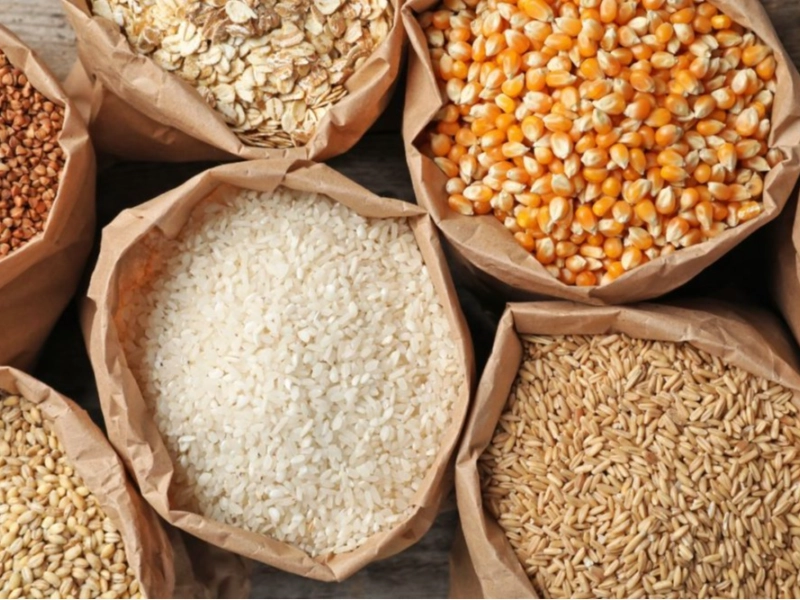
5. Advocating Gastronomic Health
Including vibrantly coloured grains in the diet can also help with digestive problems. Usually strong in nutritional fibre, these grains help with digestion and encourage consistent bowel motions. Absorption of nutrients and general well-being depend on a strong digestive system. The antioxidants included in colourful grains could also support a good microbiome by helping to guard the gut lining from damage, therefore lowering the risk of gastrointestinal diseases.
6. Improving Immune System Performance
Fighting against illnesses and infections calls on a robust immune system. Through their ability to lower oxidative stress and inflammation in the body, the antioxidants found in colourful grains can support immunity. Foods high in nutrients, such vibrant grains, offer vital vitamins and minerals including selenium, vitamin E, and zinc that boost immune system function. Including these grains into the diet helps people strengthen their body's natural defences.
7. Simple Ways to Add Vibrant Grains to Your Diet
Meal additions of vibrant grains are easy and flexible. From salads and soups to stir-fries and grain bowls, they find application in many kinds of cuisine. For a healthy side dish, red quinoa can be combined with roasted vegetables; black rice can form the basis for a great stir-fry. Changing the grains in meals will provide texture and colour, so enhancing the appeal and enjoyment of good eating.
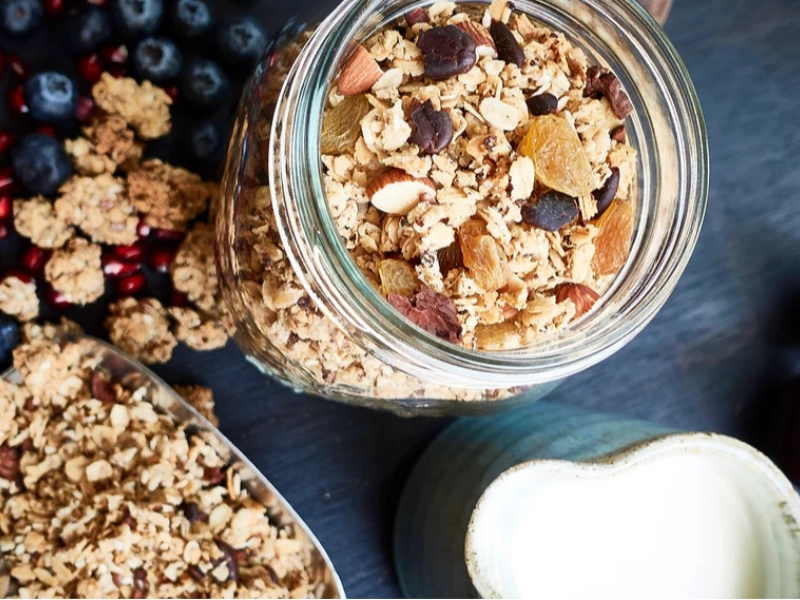
8. Cooking Guide for Vibrant Grains
Although cooking colourful grains can be simple, to get the best results you must follow particular rules. To cut any contaminants, properly rinse grains before cooking. For every variety, use the suitable water-to-grain ratio; this varies. Usually, one part of grain to two parts of water is a good basis. Cooking periods vary as well, hence following the package directions guarantees thoroughly cooked grains maintaining their nutritional worth.
9. The Effects on Environment of Selecting Vibrant Colours
Selecting vibrantly coloured grains might also help the surroundings. Many of these grains are grown sustainably utilising methods that support soil health and diversity. Choosing whole, vibrant grains allows people to support sustainable farming and lower their carbon footprint. This deliberate decision not only improves own health but also helps the earth to be healthy.
10. Synopsis of Colourful Grain Antioxidant Power
A powerhouse of antioxidants, colourful grains offer many health advantages supporting general well-being. Their vivid colours indicate the presence of phytochemicals meant to fight oxidative stress, boost heart health, strengthen immune system, and improve digestive health. Including a range of vibrant grains in the diet can help people to enjoy good food and get the nutrients. Accepting these grains can result in a more vivid plate and... ```

